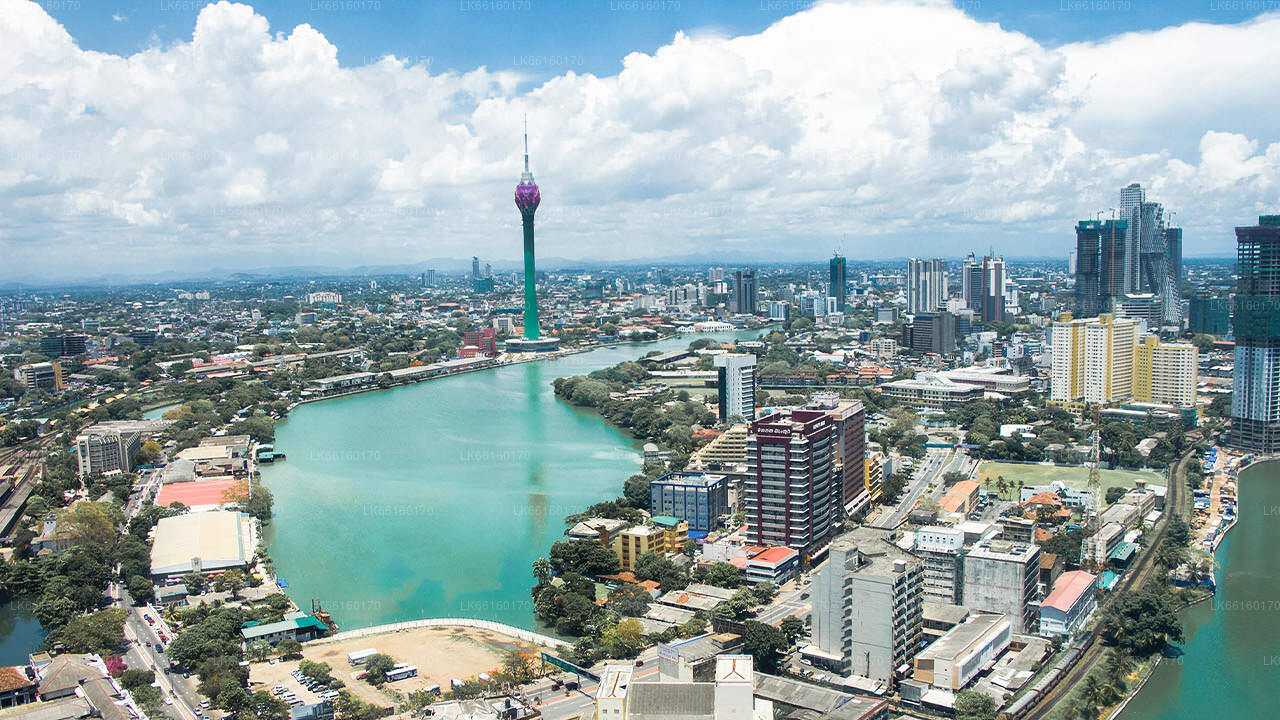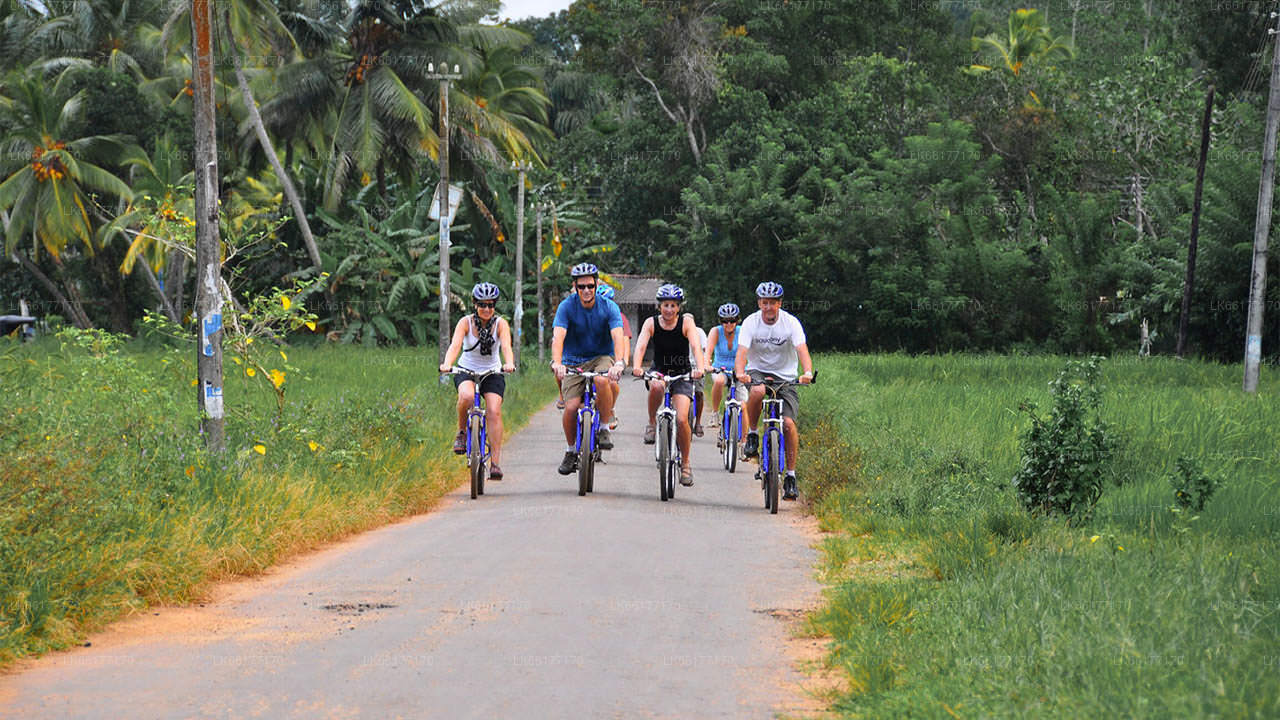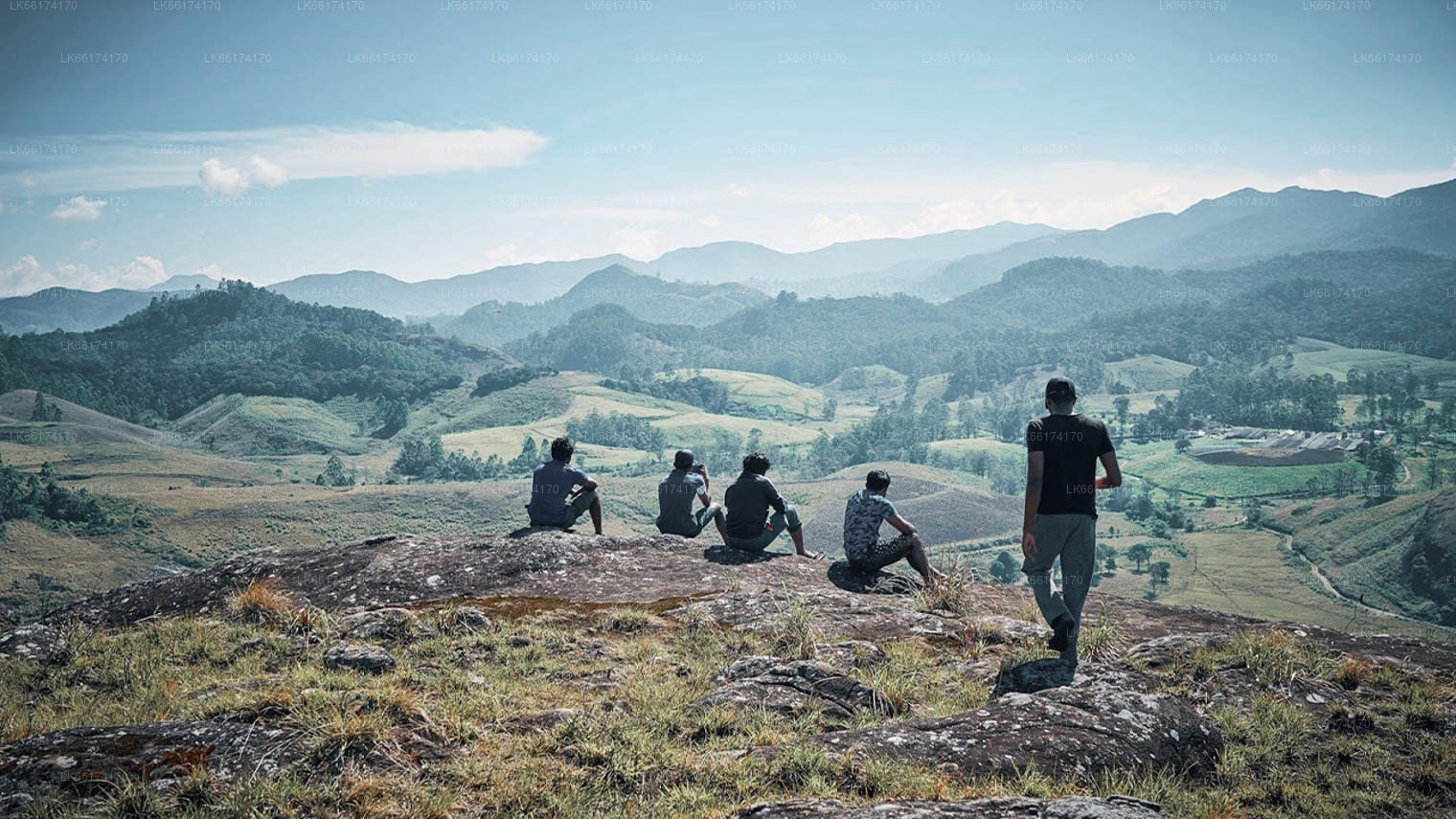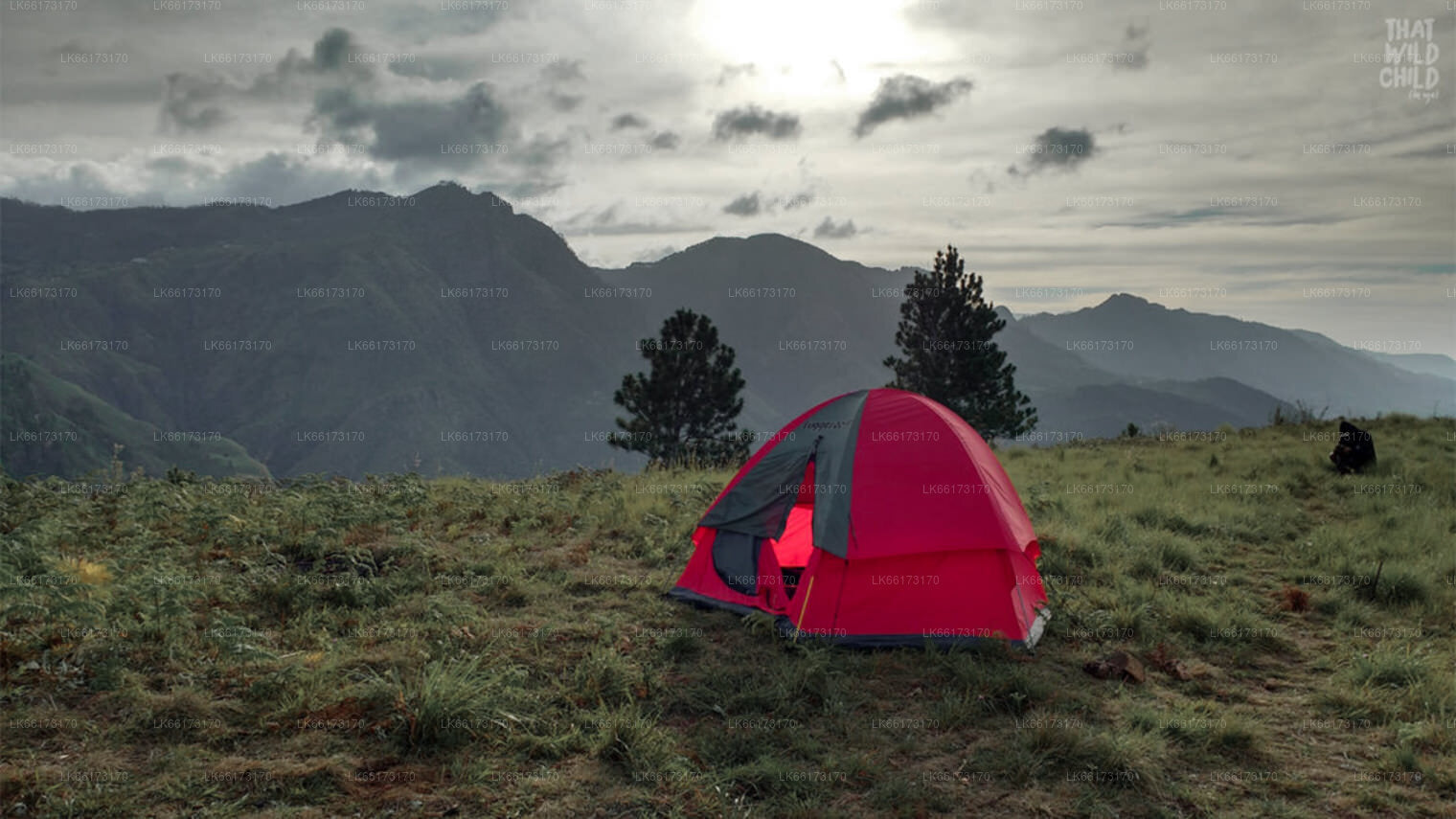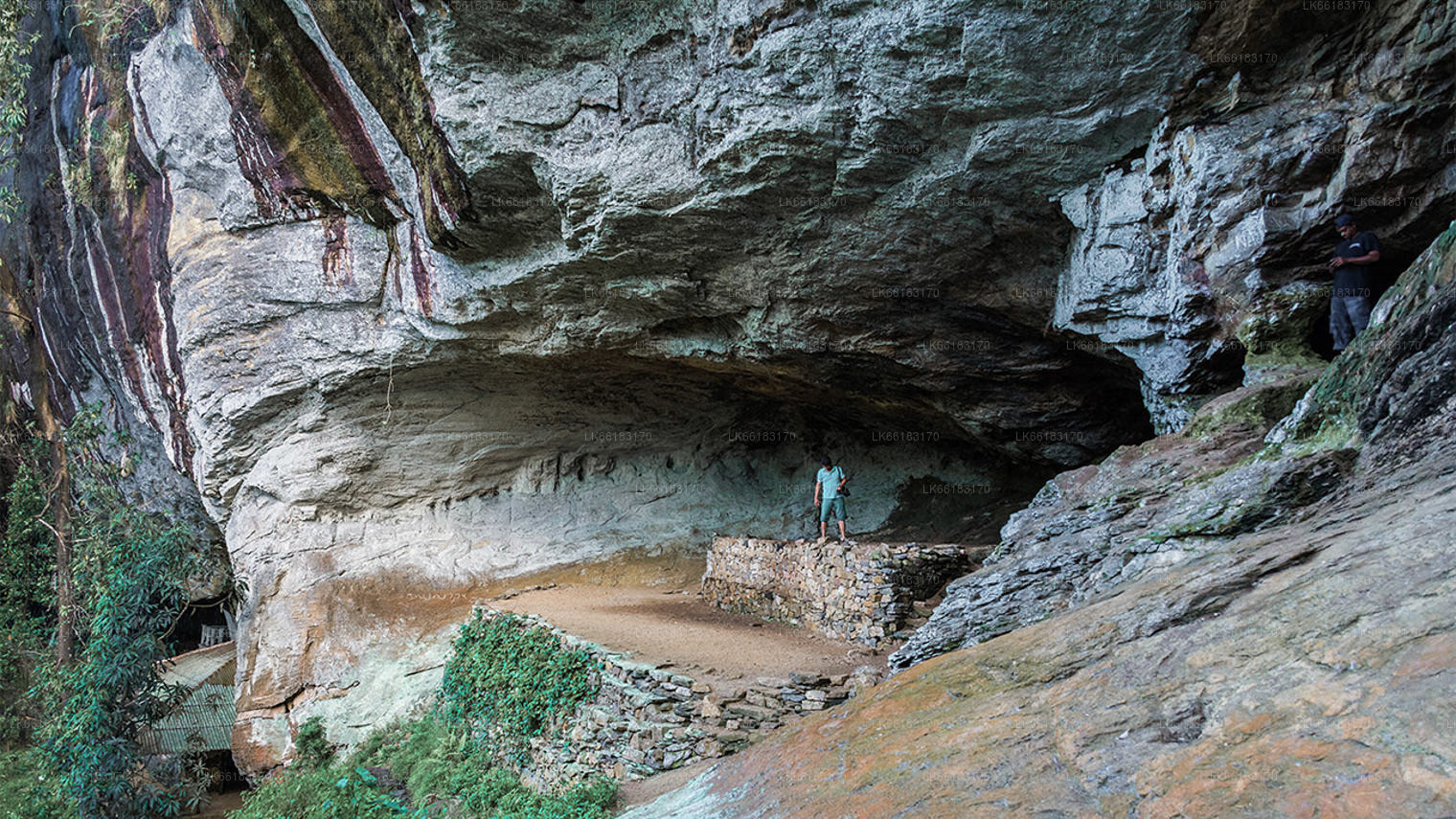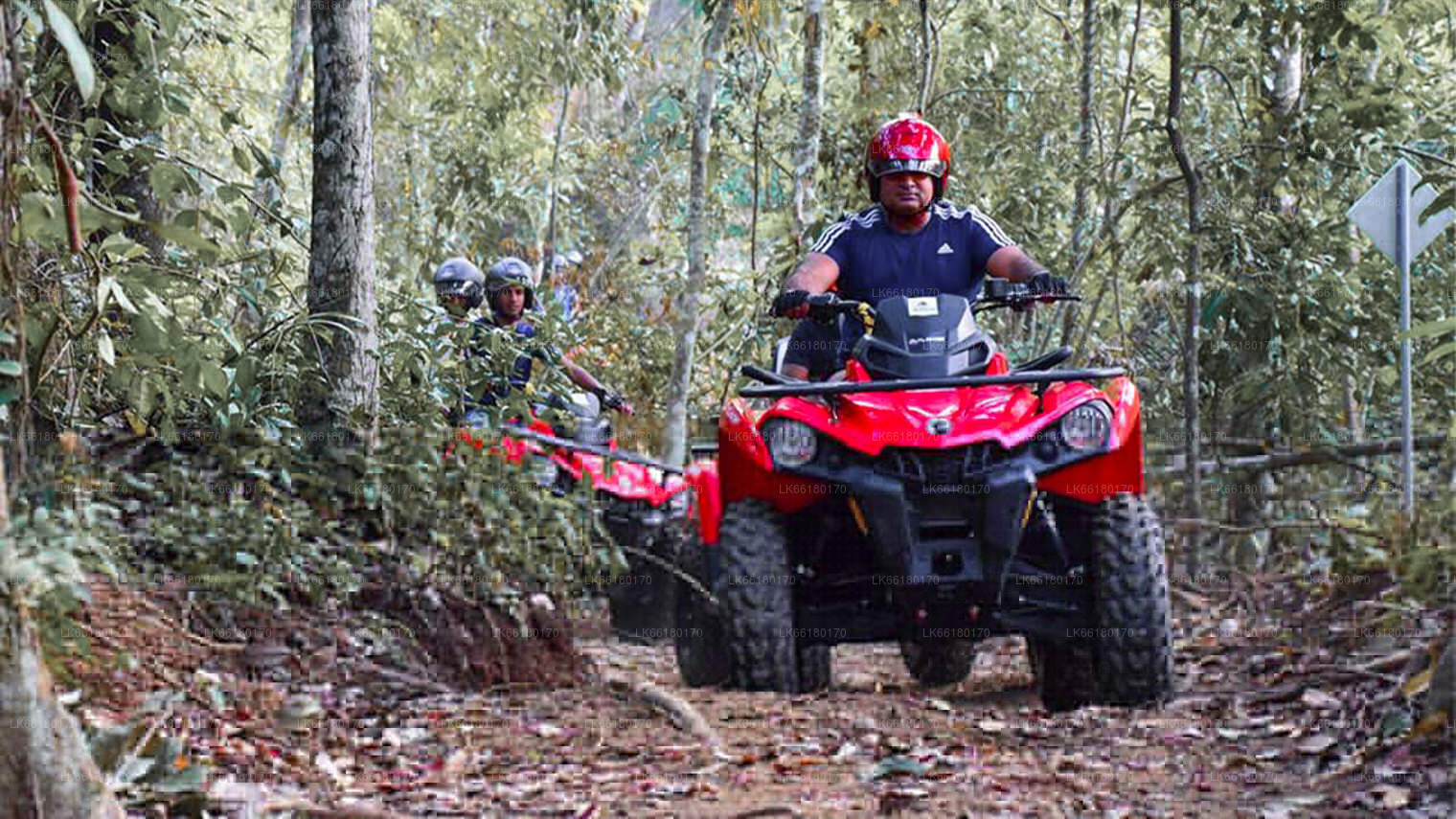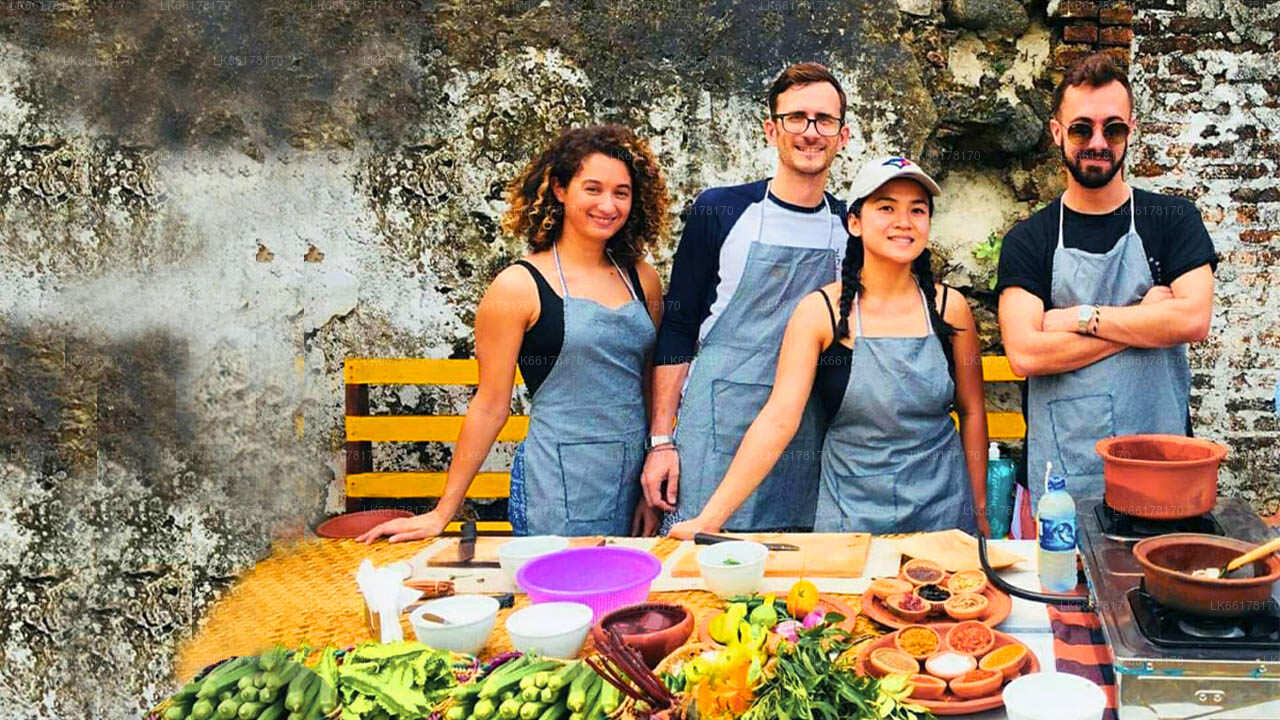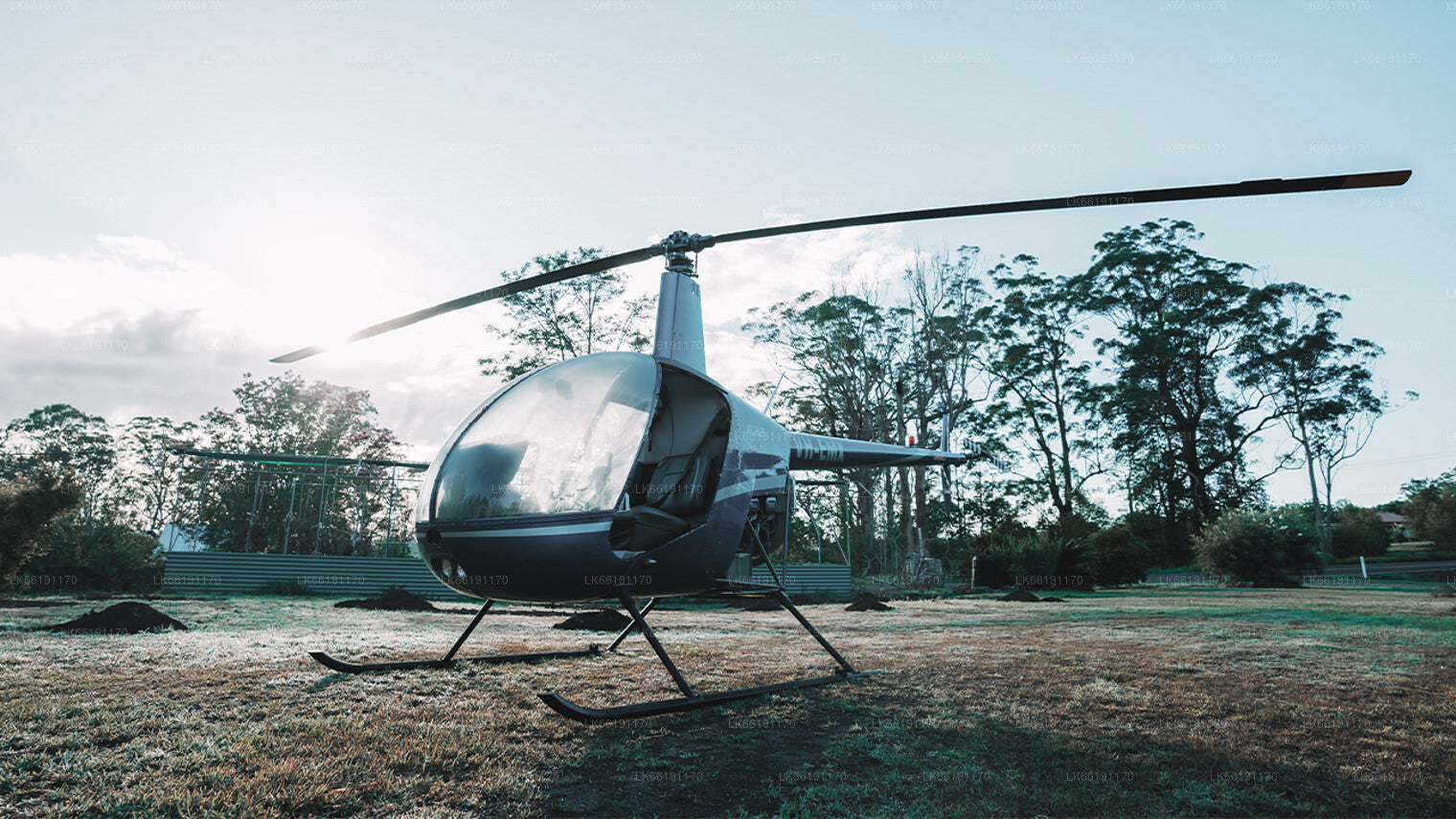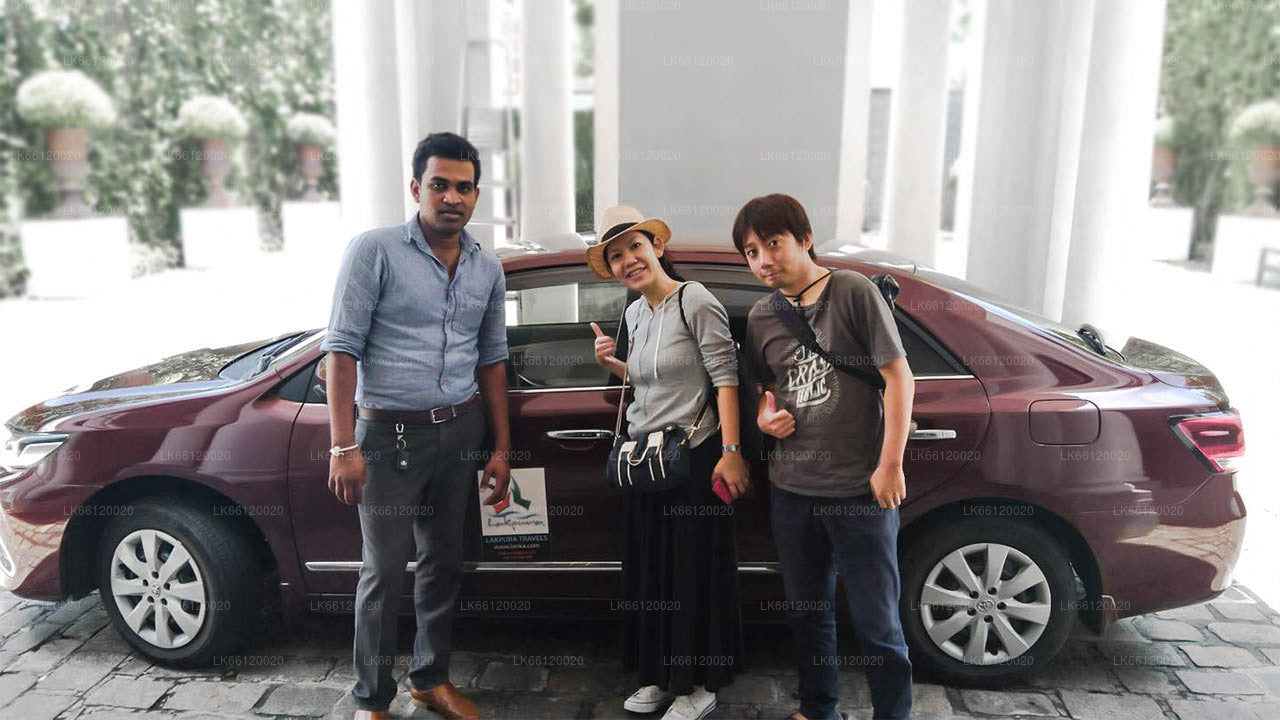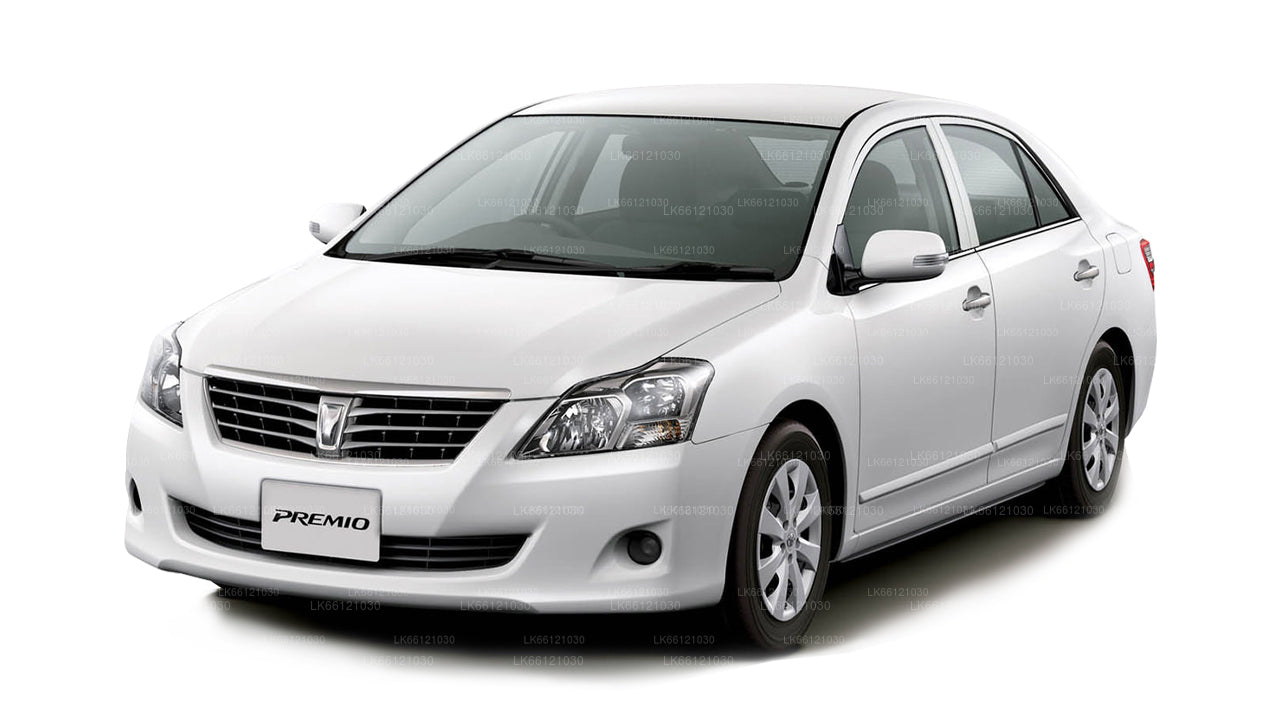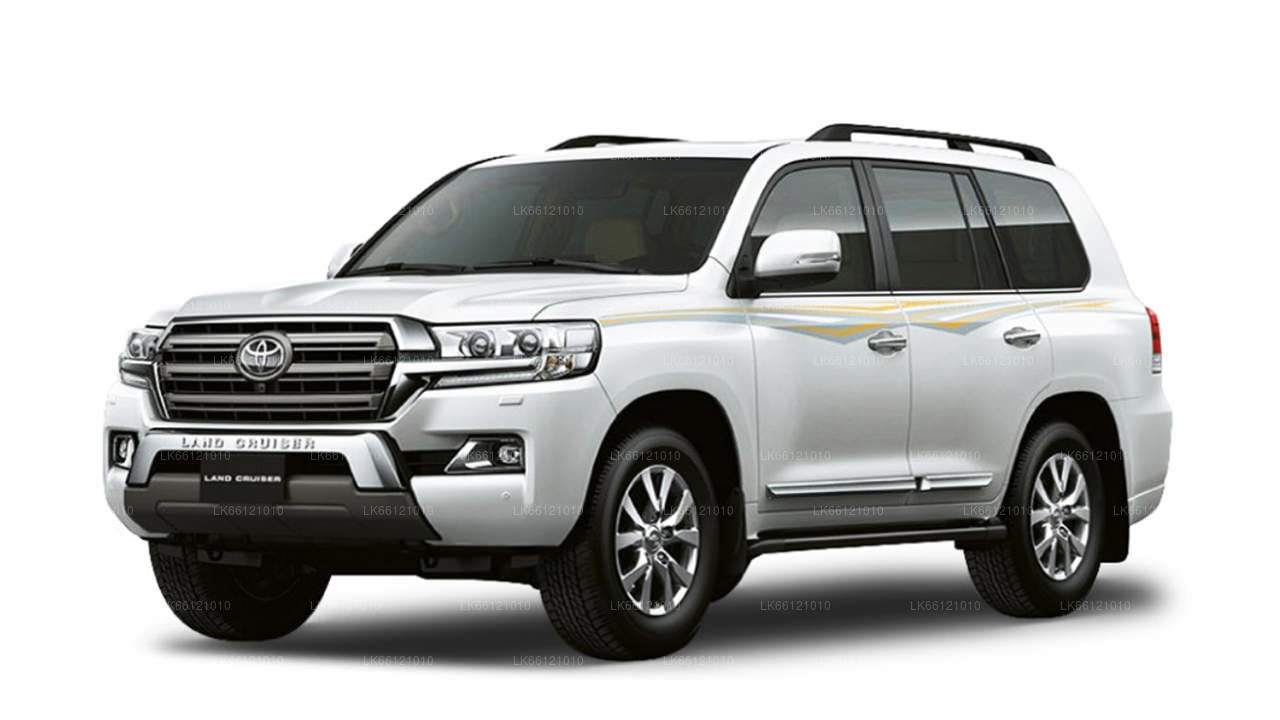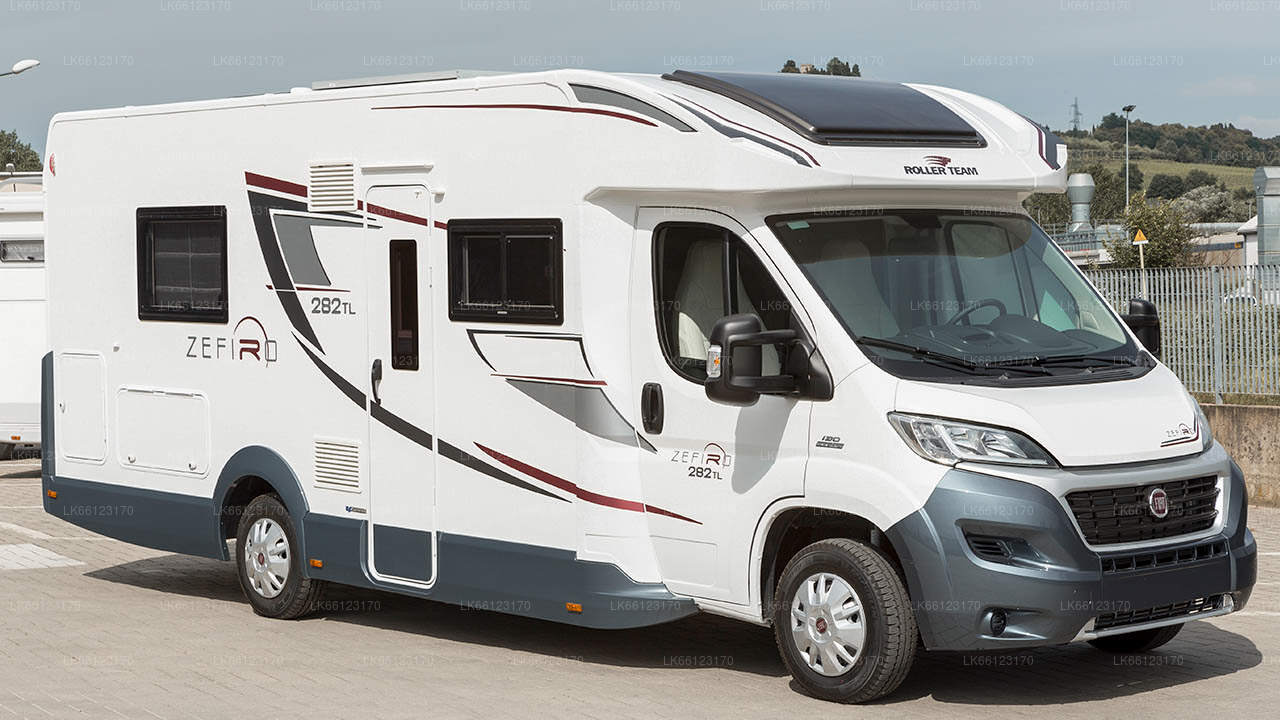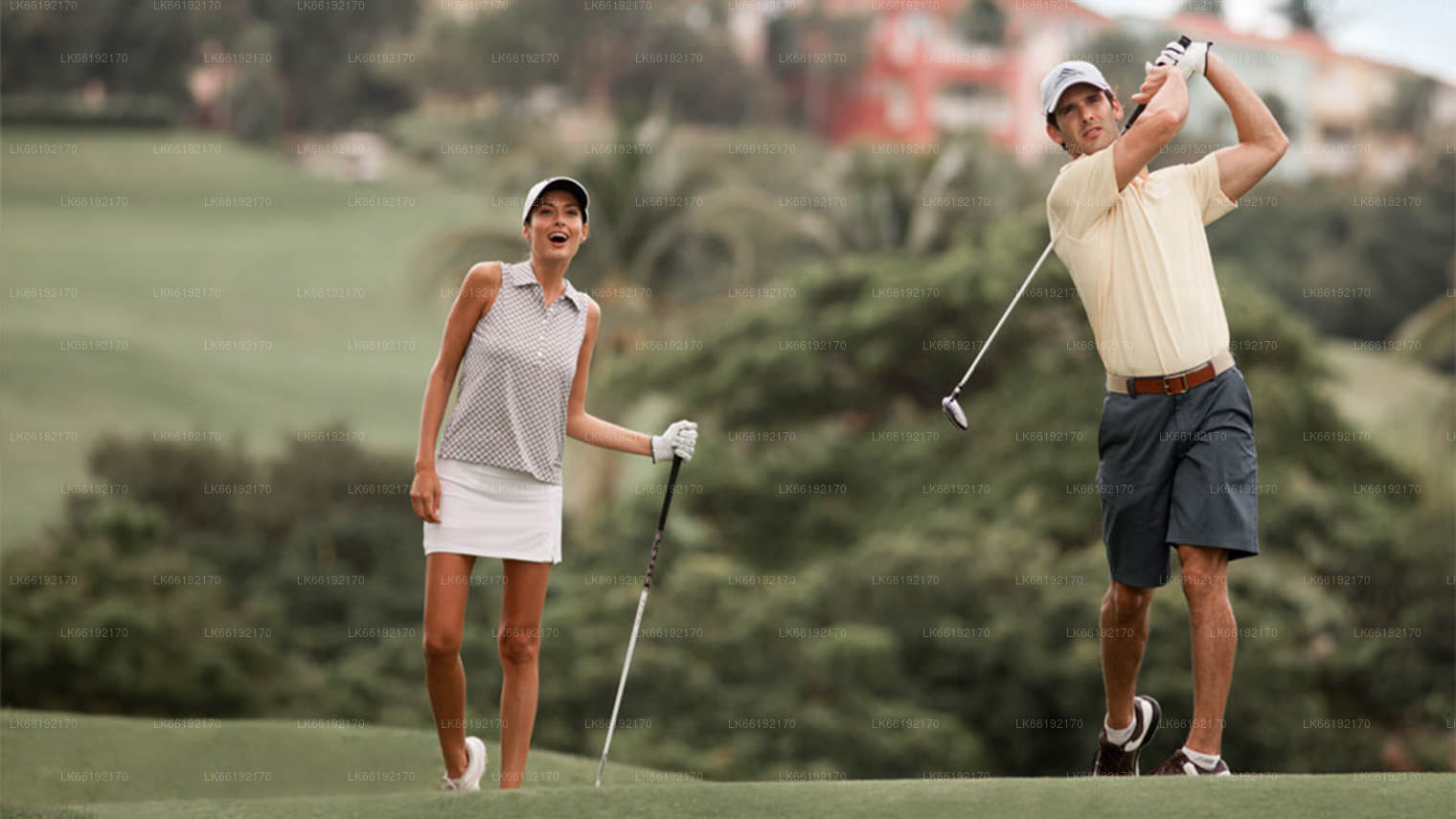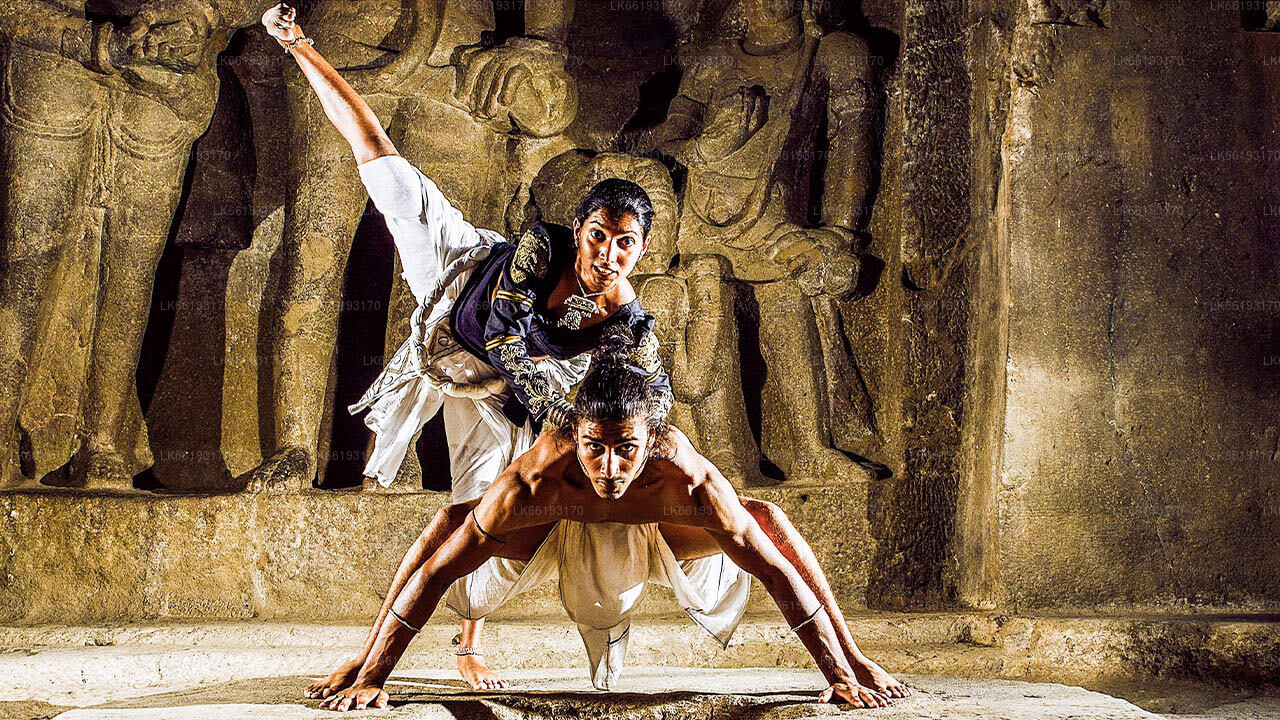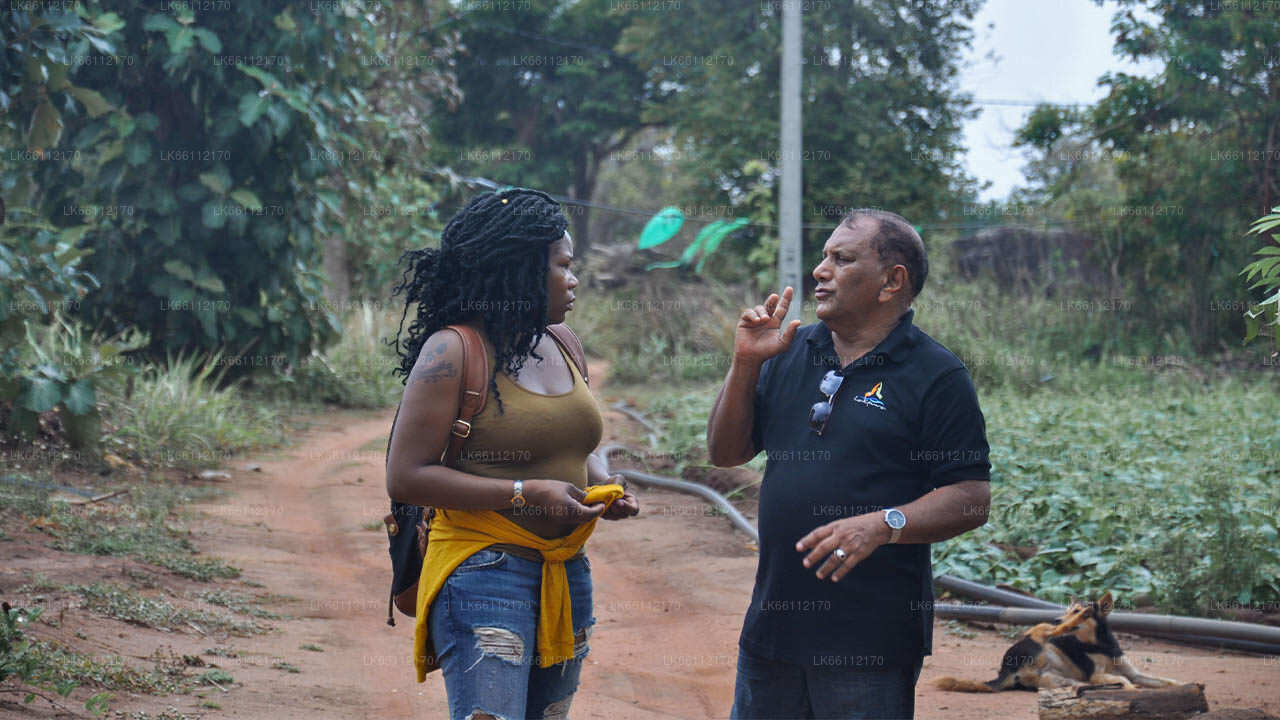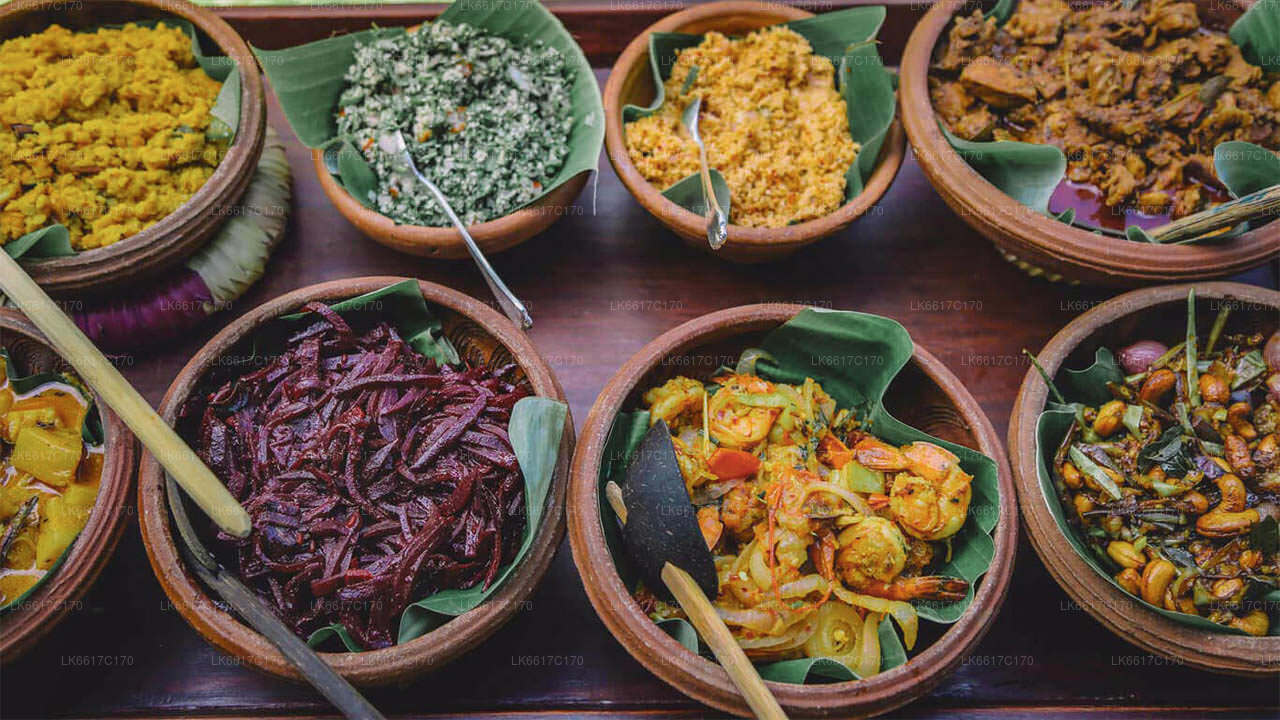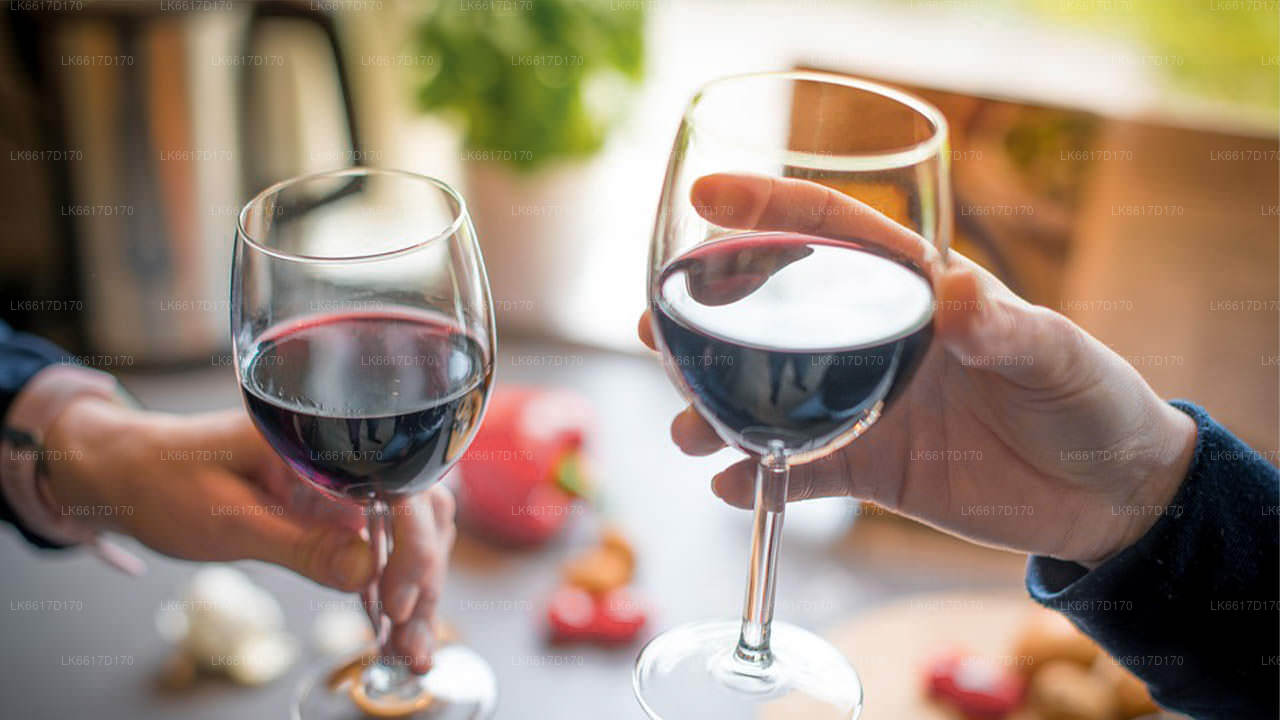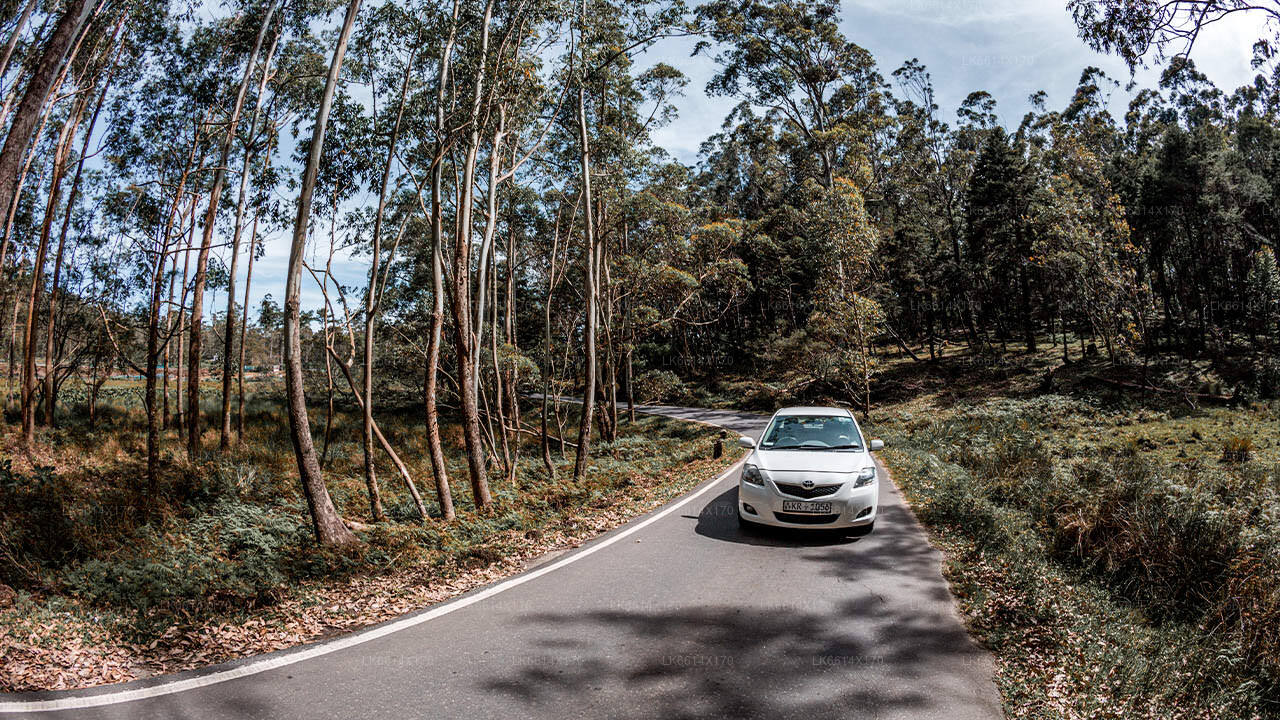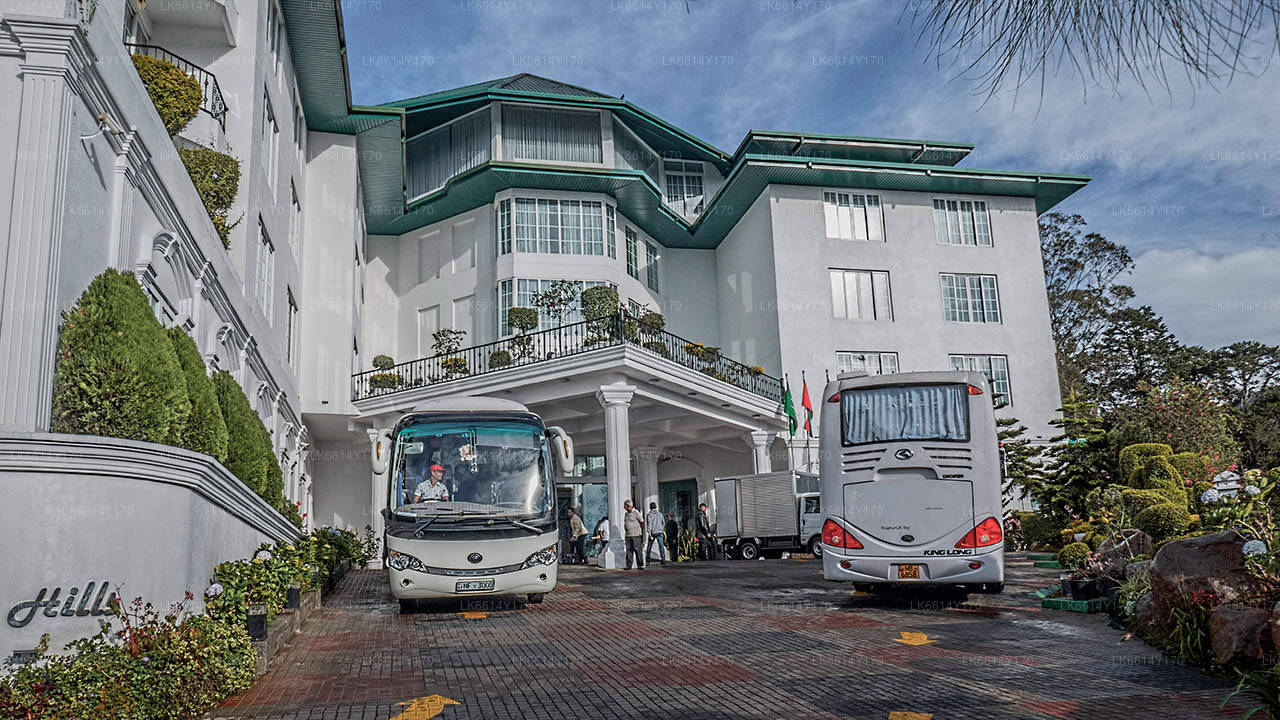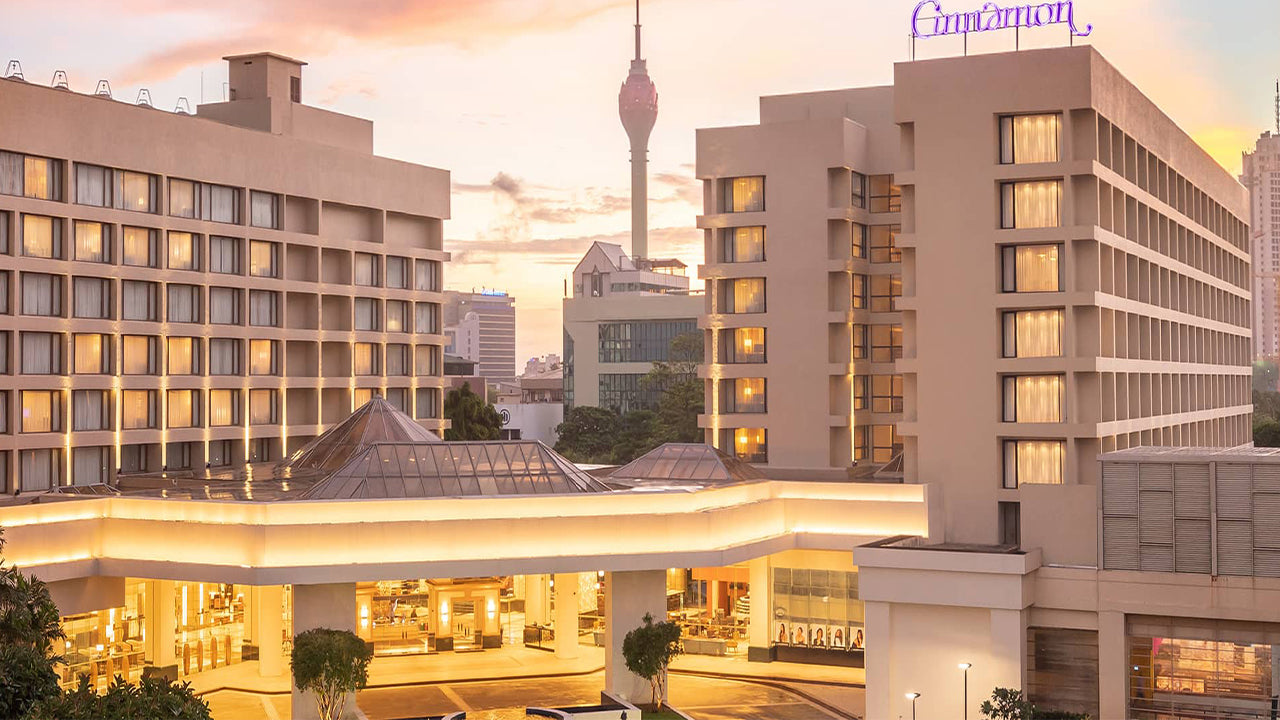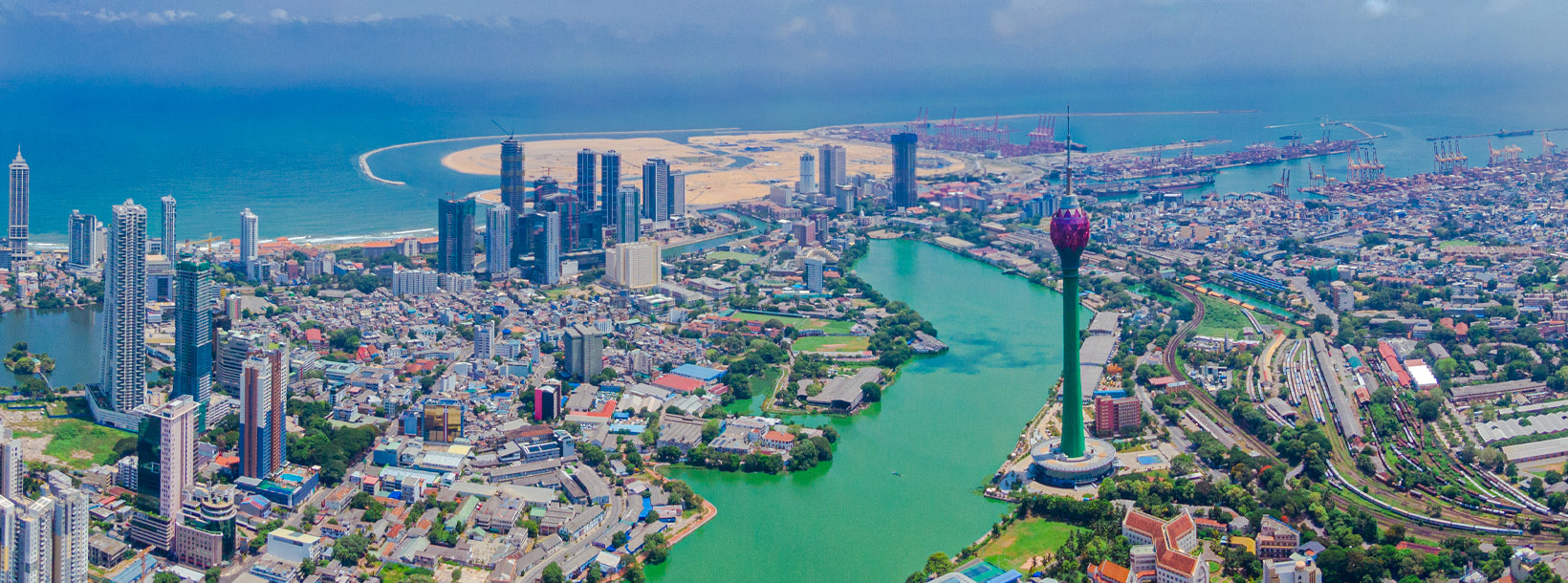
Ville de Colombo
Colombo, capitale du Sri Lanka, est une ville dynamique mêlant tradition et modernité. Elle met en valeur son architecture coloniale, ses marchés animés et ses temples bouddhistes paisibles. Avec sa cuisine variée, son paysage urbain en plein essor et ses magnifiques plages, c'est un pôle d'attraction pour les affaires, la culture et le tourisme, offrant une porte d'entrée vers les merveilles du Sri Lanka.
Museums
Museums in Sri Lanka offer a rich insight in to the history and evolution of Sri Lanka as one of the most distinctive countries in the world. As in any other place in the world, one gets to know all about the past of a country through the exhibits housed in the museums. In a way museums are place to get enlightened about a country’s heritage. Speaking of heritage, Sri Lanka undoubtedly has several areas of tourist attractions.
The museums in the country are dedicated to different themes, or rather the exhibits displayed make us delve deeper in to the relation of sea and the country or the life and times of a past prime minister or the significance of the archaeological findings. You must not forget to pay a visit to the Bandaranaike Museum which houses some important displays on the life and times of this prime minister who met his end when he was tragically assassinated. Bandaranaike was undoubtedly one of the most noteworthy prime ministers of the country and shaped the path of Sri Lanka’s destiny to some extent. You can listen to some of his speeches which are available in the museum. To understand the close relation between Sri Lanka and the sea, explore the National Maritime Museum. Here the exhibits are truly amazing.
This museum is located near the old gate of Galle Fort. Exhibits on Maritime trading, fishing and sea life are all displayed here. You can get an idea of what the ships that were wrecked carried with them.
National Museum, Colombo
This museum depicts natural heritage of Sri Lanka. It displays birds, mammals, reptiles, sea-mammals, insects, botanical plants, gems and geological specimens of Sri Lanka. The museum is Open daily from 09.00 hrs to 17.00 hrs.
The Dutch Period Museum, Colombo
The museum is housed in the old ‘Dutch House’ on Prince Street, Pettah, which was earlier the residence of Count August Carl Van Ranzow. The museum displays Dutch legacy through artifacts such as furniture, ceramics, coins, arms etc. The museum is open daily from 09.00 hrs to 17.00 hrs except on Fridays.
Bandaranaike Museum, Colombo
The museum contains photographs, objects and documents of former Prime Minister Mr. S. W. R. D. Bandaranaike who was assassinated in 1959.
The National Maritime Museum, Galle
The museum is housed in an old Dutch building in the historic fort of Galle. It has on display objects connected with marine biology and botany and also some beautiful diagrams showing local fishing methods, natural coral beds, sea grass beds and deep sea fishes. The museum is open daily from 09.00 hrs to 17.00 hrs.
Koggala Folk Museum
Koggala Folk Museum presents a rare collection of folk implements and appliances from different parts of the island. The items are arranged under twenty five different categories representing handicrafts, folk art and music, cottage industries, agriculture, folk medicine, costumes, religion etc. This museum erected as a tribute to Martin Wickramasinghe, the doyen of Sinhala writers is Ginpathaliya in Koggala, the birthplace of the late writer that had once been the playing field of young Wickramasinghe.
À propos du district de Colombo
Colombo est la plus grande ville et la capitale commerciale du Sri Lanka. Elle est située sur la côte ouest de l'île, à proximité de Sri Jayewardenepura Kotte, la capitale du pays. Colombo est une ville animée et dynamique, mêlant modernité, bâtiments et ruines coloniaux, et compte 647 100 habitants. La région métropolitaine de Colombo, définie par les districts de Colombo, Gampaha et Kalutara, compte une population estimée à 5 648 000 habitants et couvre une superficie de 3 694,20 km². Colombo est une ville multiethnique et multiculturelle. C'est la ville la plus peuplée du Sri Lanka, avec 642 163 habitants. La population de Colombo est un mélange de nombreux groupes ethniques, principalement cinghalais, maures et tamouls. On y trouve également de petites communautés d'origine chinoise, portugaise, néerlandaise, malaise et indienne, ainsi que de nombreux expatriés européens. La grande majorité des entreprises sri-lankaises ont leur siège social à Colombo. Parmi les industries présentes figurent les produits chimiques, le textile, le verre, le ciment, la maroquinerie, le mobilier et la bijouterie. Le centre-ville abrite le deuxième plus haut gratte-ciel d'Asie du Sud : le World Trade Centre. À propos de la province occidentale : la province occidentale est la plus densément peuplée du Sri Lanka. Elle abrite la capitale législative, Sri Jayawardenepura Kotte, ainsi que Colombo, centre administratif et commercial du pays. La province occidentale est divisée en trois districts principaux : Colombo (642 km²), Gampaha (1 386,6 km²) et Kalutara (1 606 km²). En tant que pôle économique du Sri Lanka, la ville accueille toutes les grandes entreprises locales et internationales, ainsi que les grands créateurs et les grandes enseignes. Préparez-vous donc à une séance de shopping dans la province occidentale. Avec la plus forte population de toutes les provinces, la province occidentale abrite la quasi-totalité des principaux établissements d'enseignement de l'île. Parmi les universités de la province, on compte l'Université de Colombo, l'Université de Sri Jayewardenepura, l'Université de Kelaniya, l'Open University, l'Université bouddhiste et pali du Sri Lanka, l'Université de défense générale Sir John Kotelawala et l'Université de Moratuwa. La province occidentale compte le plus grand nombre d'établissements scolaires du pays, comprenant des écoles nationales, provinciales, privées et internationales.



